Those Always-Wet Bathroom Walls Are Going to Cause You Problems — Here's How to Get Rid of Excess Moisture
Bathrooms can get humid, but moisture that lingers can turn into issues for this busy space. I asked a pro (who knows about these sort of things) what to do
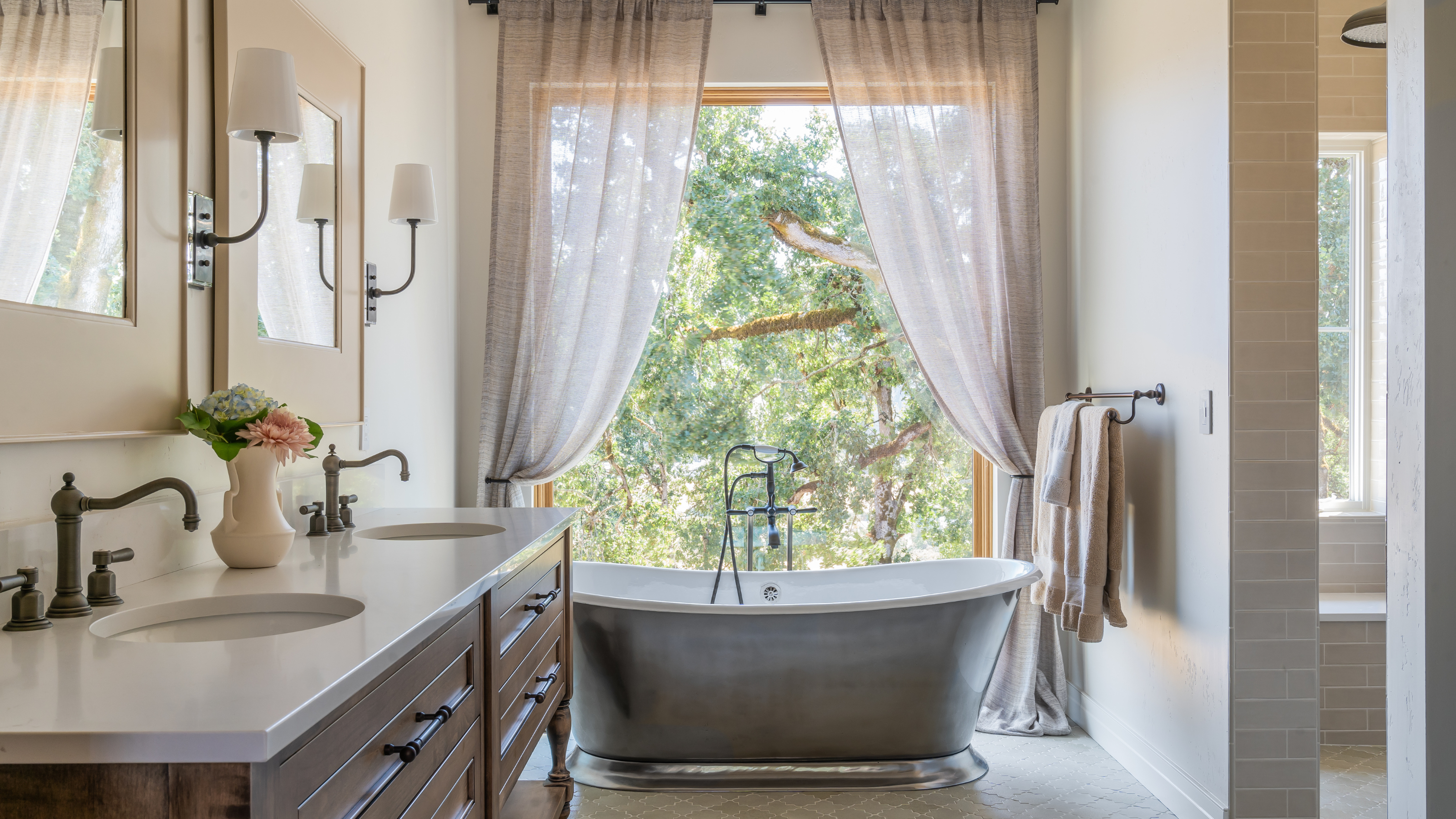

Do you often find a buildup of moisture in your bathroom after a shower or bath? If so, and you don't know what to do about it, we have an answer for your problem.
I've found a solution to reduce moisture in an apartment, but what about the bathroom? Excess moisture can lead to a damp space and eventually mold, so it's best to tackle the issue as soon as it occurs. But why is this necessary? An HVAC expert and brand representative at DUCTZ says, "Removing moisture from the bathroom protects wood surfaces, walls, paint, and electric appliances such as styling tools and bath fan components."
Want to learn more about removing moisture from your bathroom? Here is everything you need to know, according to this HVAC expert.
1. Wipe Down Surfaces
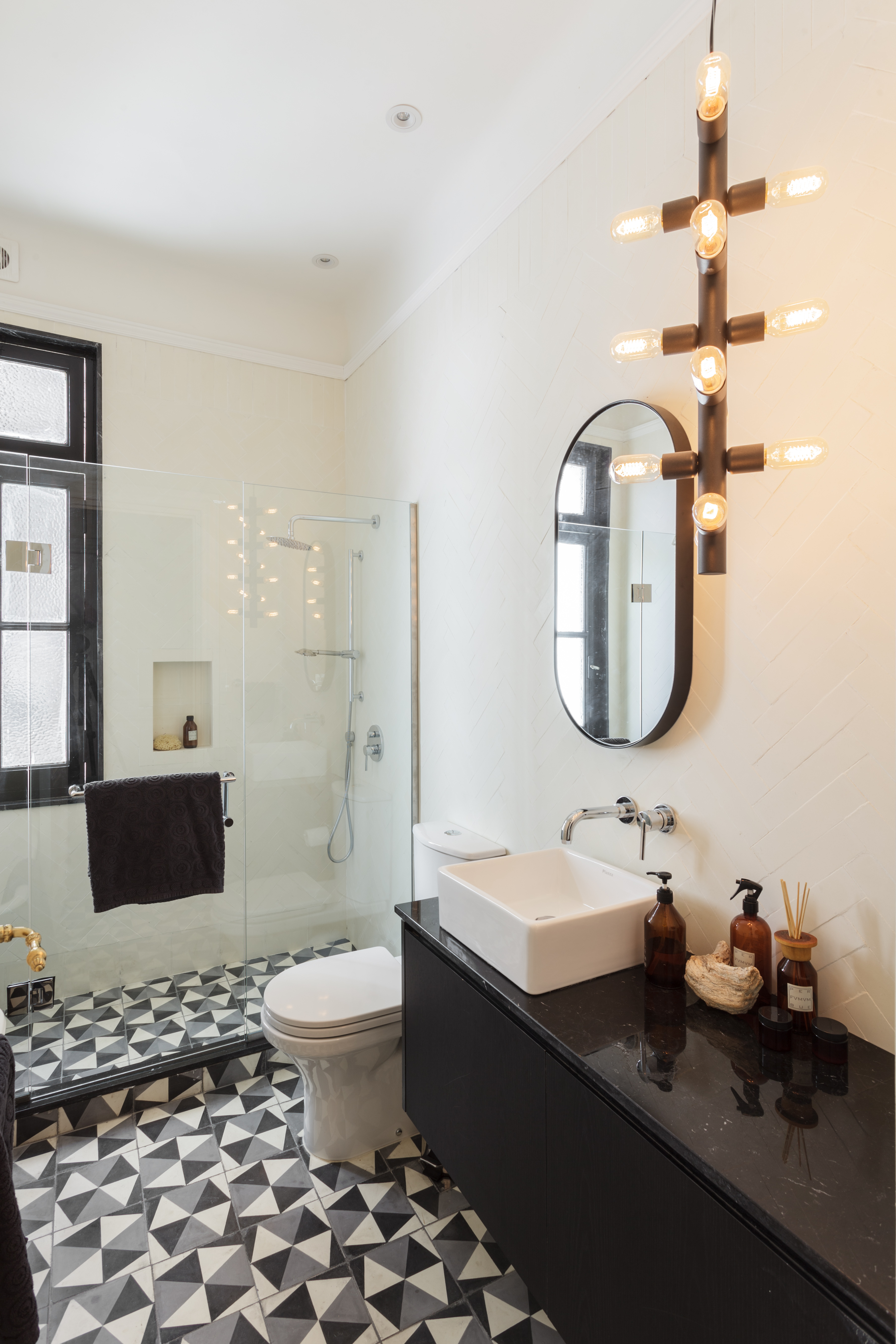
A great way to remove moisture from a bathroom is to wipe down all surfaces, including windowsills, frames, and the floor. In my small bathroom, moisture tends to stick to the windows and their surroundings after a shower, so I've made it a habit to wipe down once I'm done showering.
Josh Mitchell, an HVAC technician at Air Conditioner Lab, says wiping surfaces are a must. He says, "Post-shower condensation on walls and mirrors can contribute to indoor humidity. Wiping down surfaces immediately after use prevents this excess moisture from evaporating into the air." The expert notes that this is a simple yet effective method to control moisture levels.
To wipe down your surfaces, all you need is an absorbent microfibre cloth to get you started. We love this MR.SIGA Microfiber Cleaning Cloth from Amazon and these Multi-Surface Microfiber Cleaning Cloths from Target.

I’m Josh Mitchell, an HVAC technician and the founder of airconditionerlab.com. Through this website, we aim to educate and inform individuals about the proper maintenance and care of their Air conditioning systems, as well as provide solutions to common problems such as malfunctioning thermostats, clogged air filters, heaters and faulty ductwork.
2. Use a Dehumidifier
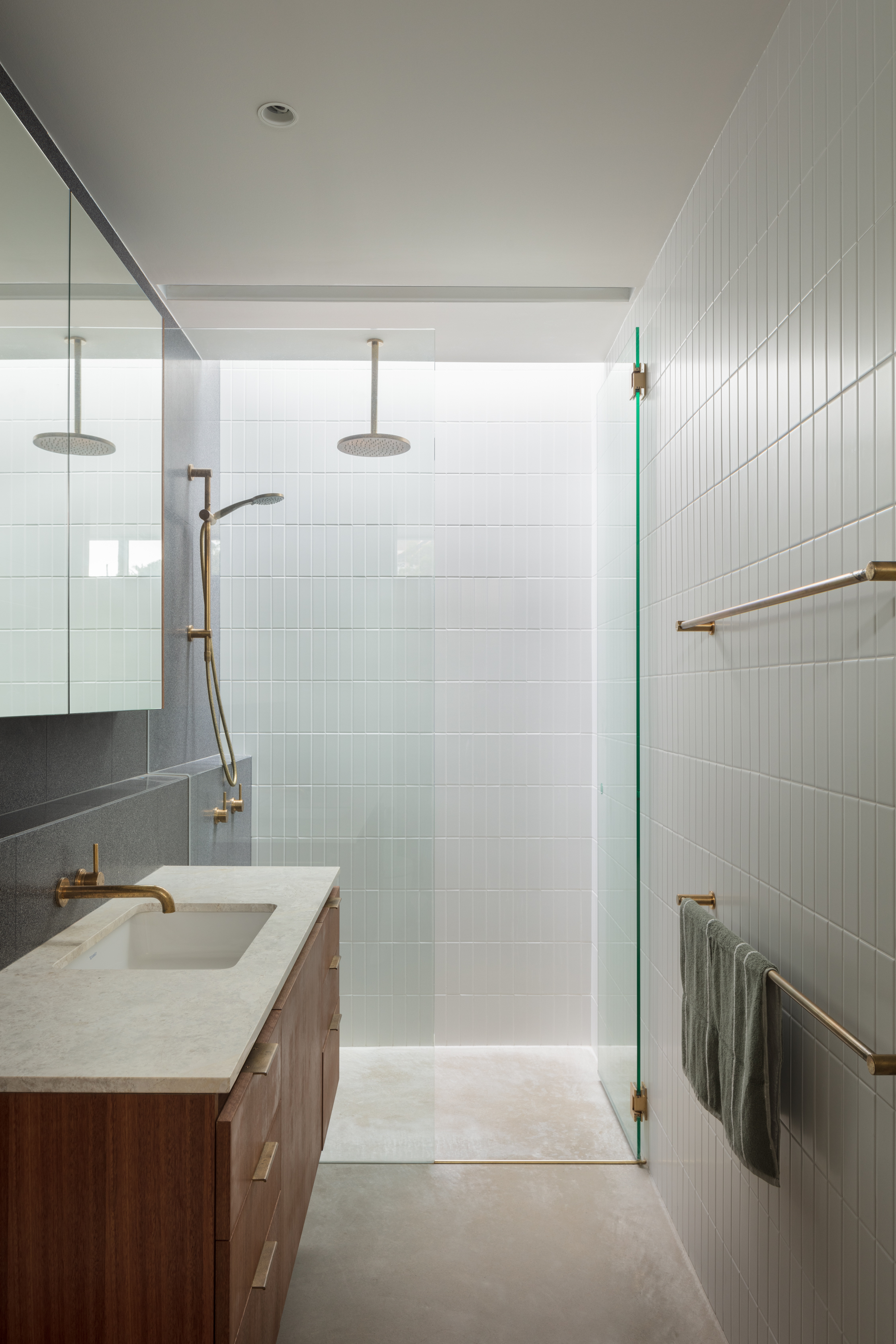
There are many dehumidifier benefits — one of them being that using the smart appliance in a bathroom could be an easy way to remove moisture from your bathroom quickly.
"Dehumidifiers come in different sizes, depending on the room size," says Josh. "A compact, portable dehumidifier (usually 20-30 pints) is usually enough for smaller bathrooms, while larger or more humid bathrooms (40-50 pints) may need a stronger model. You may need a model with 50 pints or more capacity for very large or damp bathrooms."
Josh continues: "These devices work by extracting water from the air, which can help prevent the growth of mold and mildew. Energy-efficient models can also keep operational costs down."
And if you're wondering how long it takes for a dehumidifier to dry out a room, it can range between 24 to 72 hours, depending on the size of your bathroom. For a 20-30 pint dehumidifier, this hOmeLabs 4,500 Sq. Ft WiFi-Enabled Dehumidifier has over 50,000 reviews and is now on Amazon's choice list. We also like this Pure Enrichment Mini Dehumidifier from Target with over 100 reviews.
3. Leave Windows Open
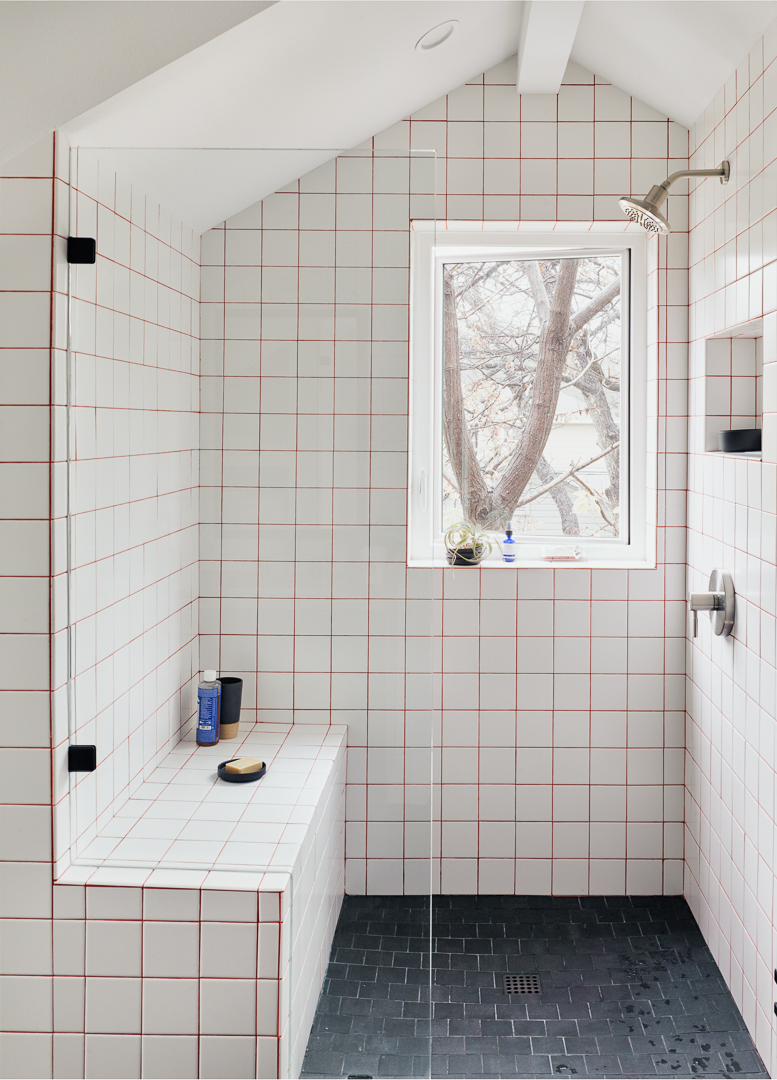
So, how often should you open windows in winter? 10 to 15 minutes a day should do the trick, and if you're looking to remove moisture from your bathroom, natural ventilation is a great way to do just that, and HVAC expert Josh agrees.
"Natural ventilation is one of the most effective ways to reduce humidity," he says. "If the weather permits, open a window during and after showering to allow moist air to escape outside, keeping the room dry."
Given how much moisture builds up in my bathroom, I've now made it a routine to also open up my windows after a long bath or shower. Doing this allows trap moisture to pass through while also welcoming clean and fresh air into your home.
4. Ventilation via Exhaust Fans
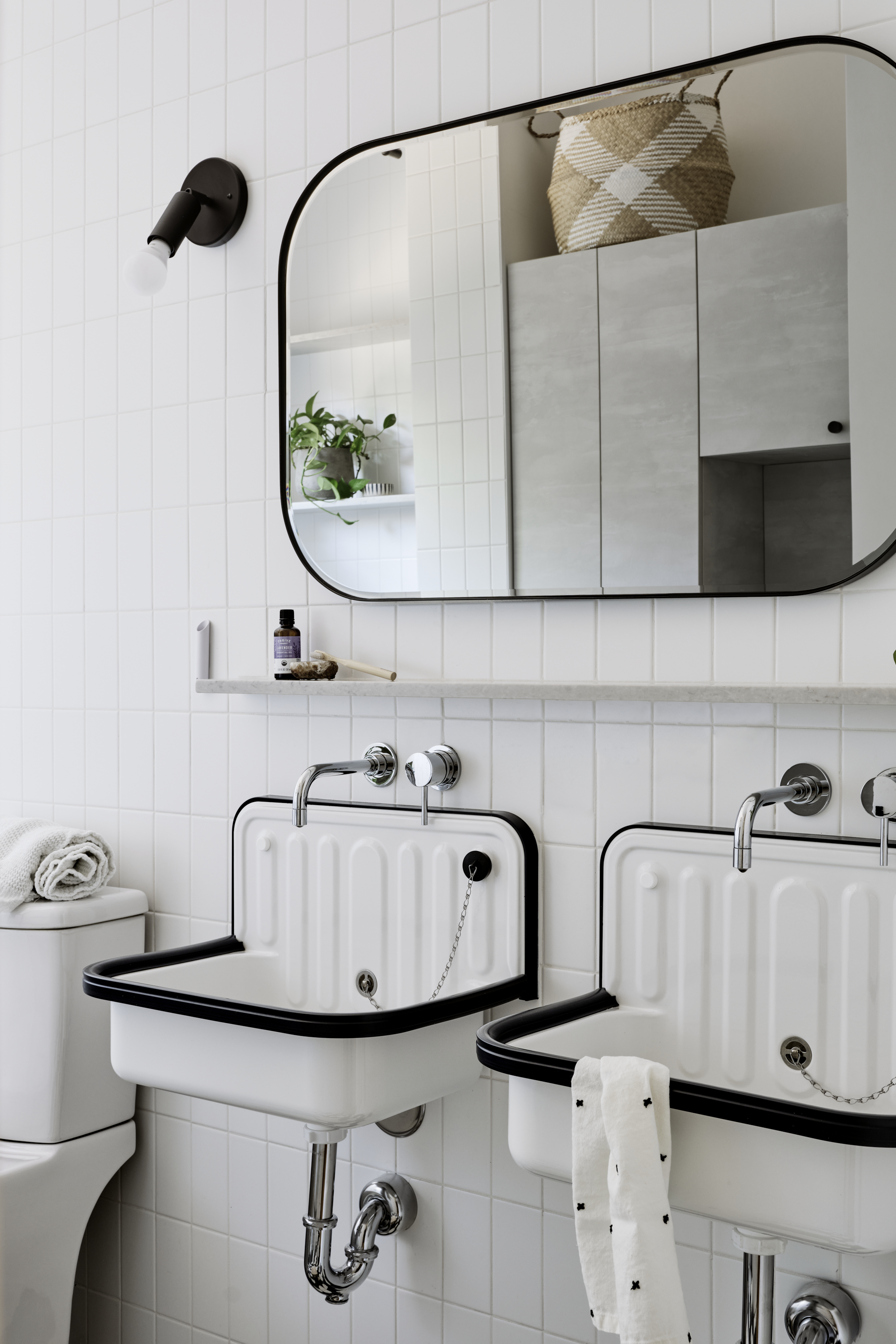
To remove moisture from your bathroom, you should also ensure your bathroom exhaust fan is running properly. If you do not have one, make sure to install one as soon as possible. This is also a great way to design a hygienic bathroom, and it will benefit you and your space in the long run.
"Proper ventilation is key in moisture control," says Josh. "Installing an exhaust fan with the right CFM (cubic feet per minute) rating for your bathroom size ensures that moist air is quickly removed."
He continues: "For example, a 50-square-foot bathroom would need an exhaust fan with at least 50 CFM, while a larger 100-square-foot bathroom would need a fan with at least 100 CFM. Positioning the fan near the shower or bath helps it work more efficiently."
Looking to install a new exhaust fan? Home Depot has a range of bathroom exhaust fans to choose from, including this Whisper Choice DC Pick-A-Flow 80/110 CFM Ceiling Bathroom Exhaust Fan, priced at $154.
5. Use Plants
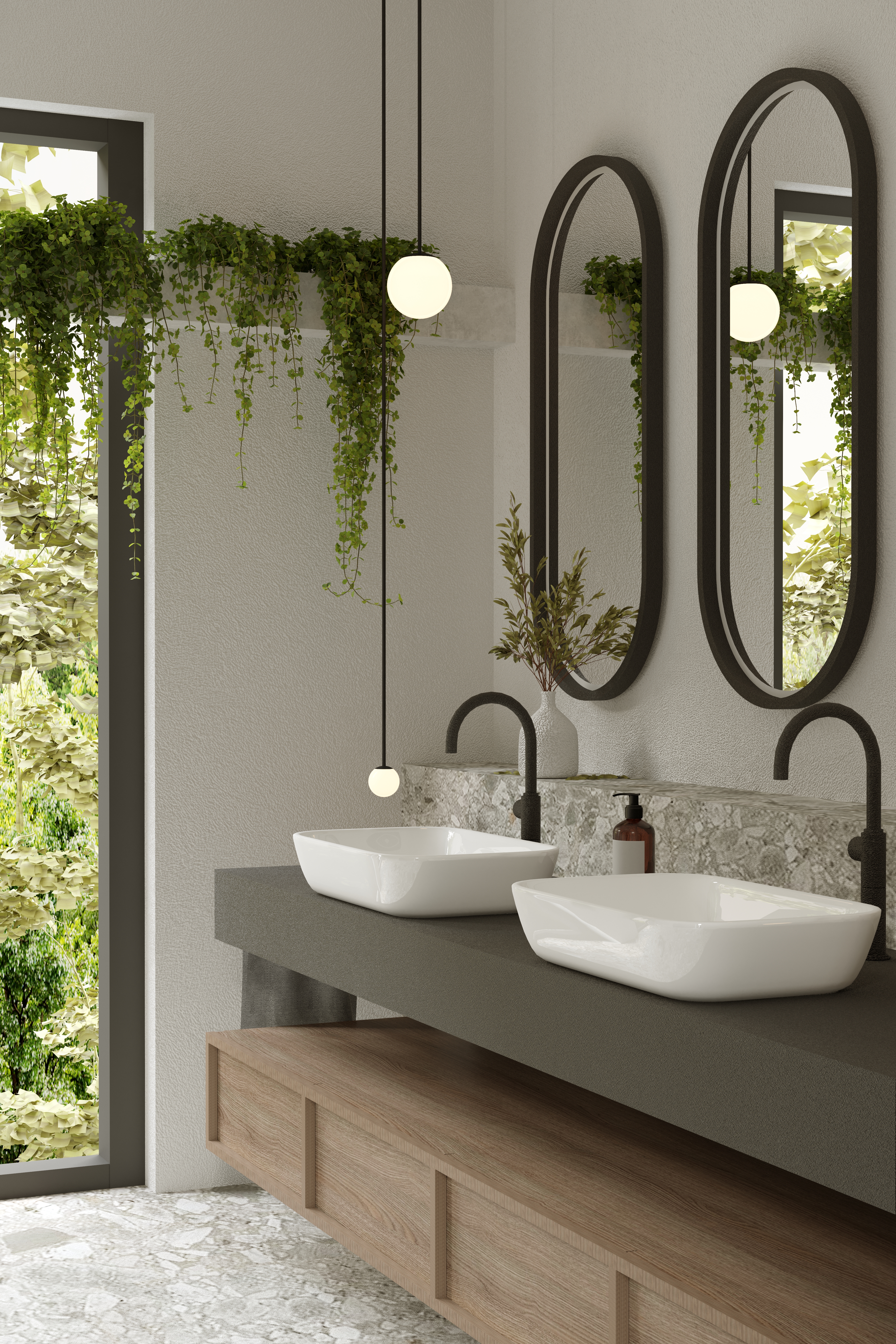
The best plants for a bathroom are those that can withstand steam, moisture, and damp air, but they can also work towards removing moisture from the air around you. Josh says, "Plants like Boston ferns, peace lilies, and spider plants are not only aesthetically pleasing but also naturally absorb humidity."
The expert says you should add around five to ten of these plants in a standard bathroom (about 50 square feet) as this "can help control humidity levels, making the space fresher and less likely to promote mold growth."
Personally, I'm a huge fan of the abundant Boston fern, like this one from Walmart, which adds a beautiful touch of elegance and style to a space. So, if you want to give your bathroom a spa-like feel, this may be the best companion.
6. Apply Anti-Condensation Paint
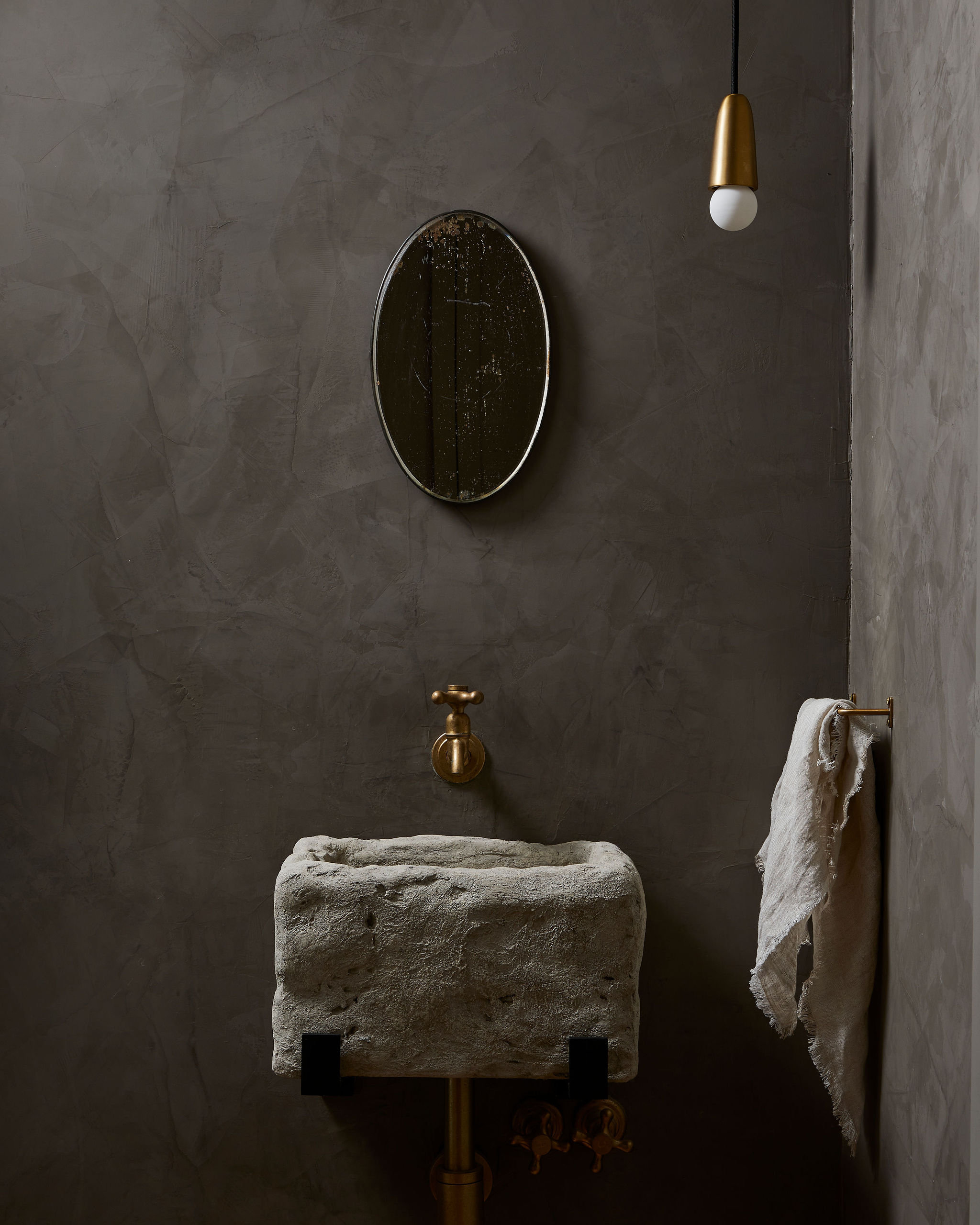
Among the many paint finishes and types available, anti-condensation paint is often forgotten about and should be used the most. It essentially creates a coating that keeps water out and aids any issues associated with dampness and condensation.
"This paint helps insulate your walls, creating a barrier that prevents the warm air from your shower from turning into water droplets on colder walls," explains Josh. "This is particularly effective on exterior bathroom walls exposed to colder outdoor temperatures."
This 1 Gal. Water Tite General Purpose Water Base Paint from Home Depot will provide the waterproof barrier you need in your bathroom.
7. Use Activated Charcoal
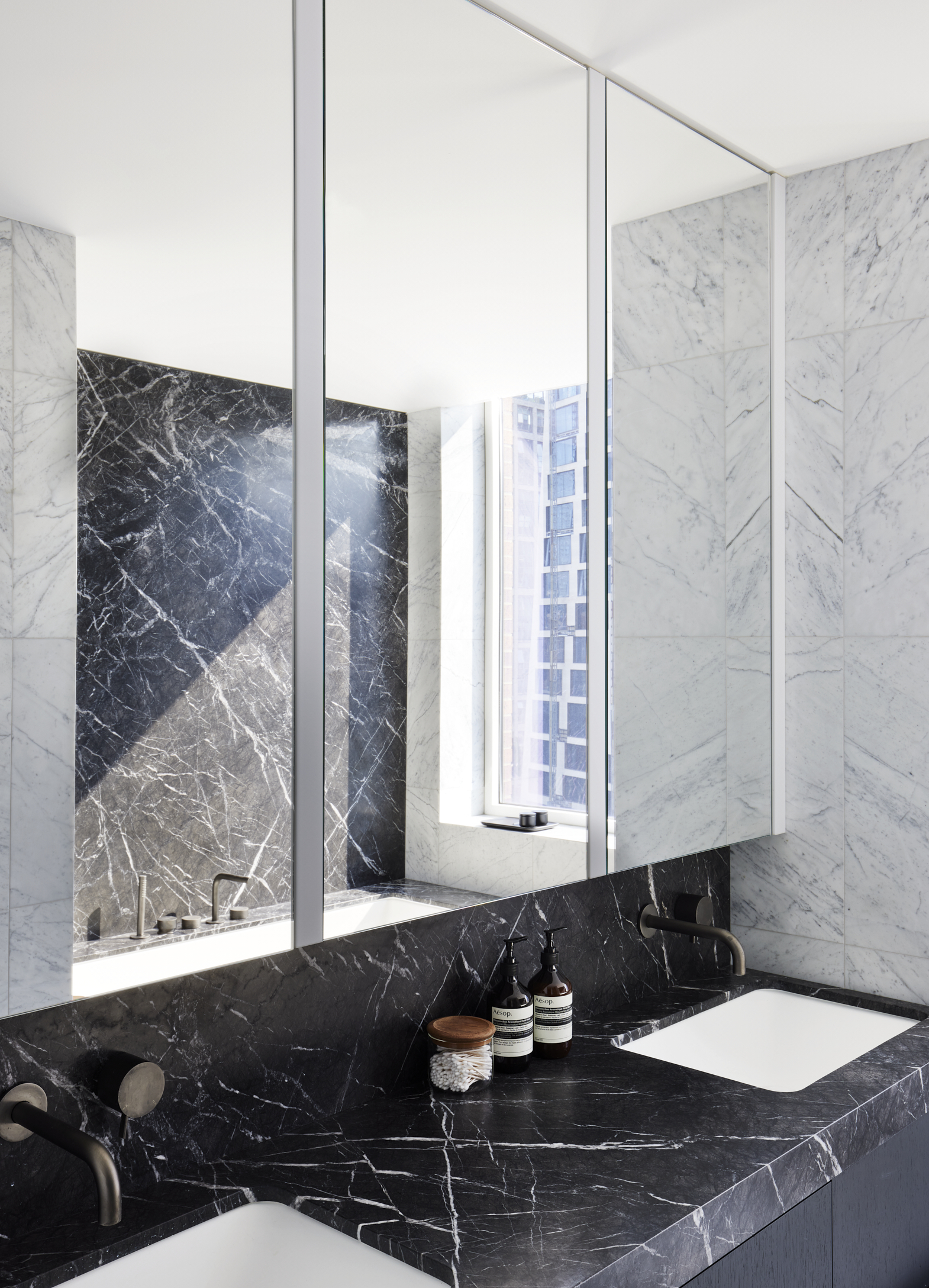
Lastly, HVAC expert Josh recommends using activated charcoal in your bathroom to help remove moisture. He notes, "Activated charcoal is a natural moisture absorber and odor remover ideal for damp bathrooms. It works by trapping moisture and contaminants in its pores."
"You can place activated charcoal in a breathable container or buy ready-made charcoal bags to control moisture. Place these bags around your bathroom, especially near the shower or bath area, to help absorb excess humidity effectively."
We also recommend using this Moisture Absorber Activated Charcoal from Amazon, which is priced at $24.99.
FAQs
Why is it important to remove moisture from a bathroom?
Well, it's simple: you would not want a bathroom filled with mold and mildew as it can lead to many health issues.
"High humidity in bathrooms can lead to mold and mildew, which are health hazards that can cause respiratory issues, allergies, and skin irritation," says Josh. "Over time, mold and mildew damage paint, wallpaper, and even building materials. Keeping your bathroom dry preserves its integrity and appearance."
Now that you know how to remove moisture from your bathroom, It's important to find easy and simple solutions to help prevent mold from growing in your bathroom, too, and Josh has the solution for just that.
"For those looking for a mold prevention solution, I recommend Concrobium Mold Control. This product not only eliminates existing mold but also prevents its growth on bathroom surfaces, all without the use of harmful chemicals."
The expert adds: "Managing bathroom humidity might seem challenging, but with the right approach, it’s quite manageable."
Be The First To Know
The Livingetc newsletters are your inside source for what’s shaping interiors now - and what’s next. Discover trend forecasts, smart style ideas, and curated shopping inspiration that brings design to life. Subscribe today and stay ahead of the curve.

Faiza is the Renovation Editor at Livingetc. Faiza is currently renovating her small kitchen in her dainty apartment in London. Faiza previously worked for The Independent as a News Feature Writer, where she crafted lifestyle, entertainment, and news stories. She also worked as an Audience Editor for the newspaper for almost two years. Thriving in the busy newsroom, Faiza also spent her time crafting stories for Sky News as an SEO reporter, where she produced stories based on trending topics. Lifestyle and interior design is a space she has been interested in for quite some time, and as she blossoms in this field, she will continue to further her skills in design and gardening. Faiza has a background in SEO, social media, and reporting. Her passion for writing goes beyond her workm as she loves all things poetry and creative writing.
-
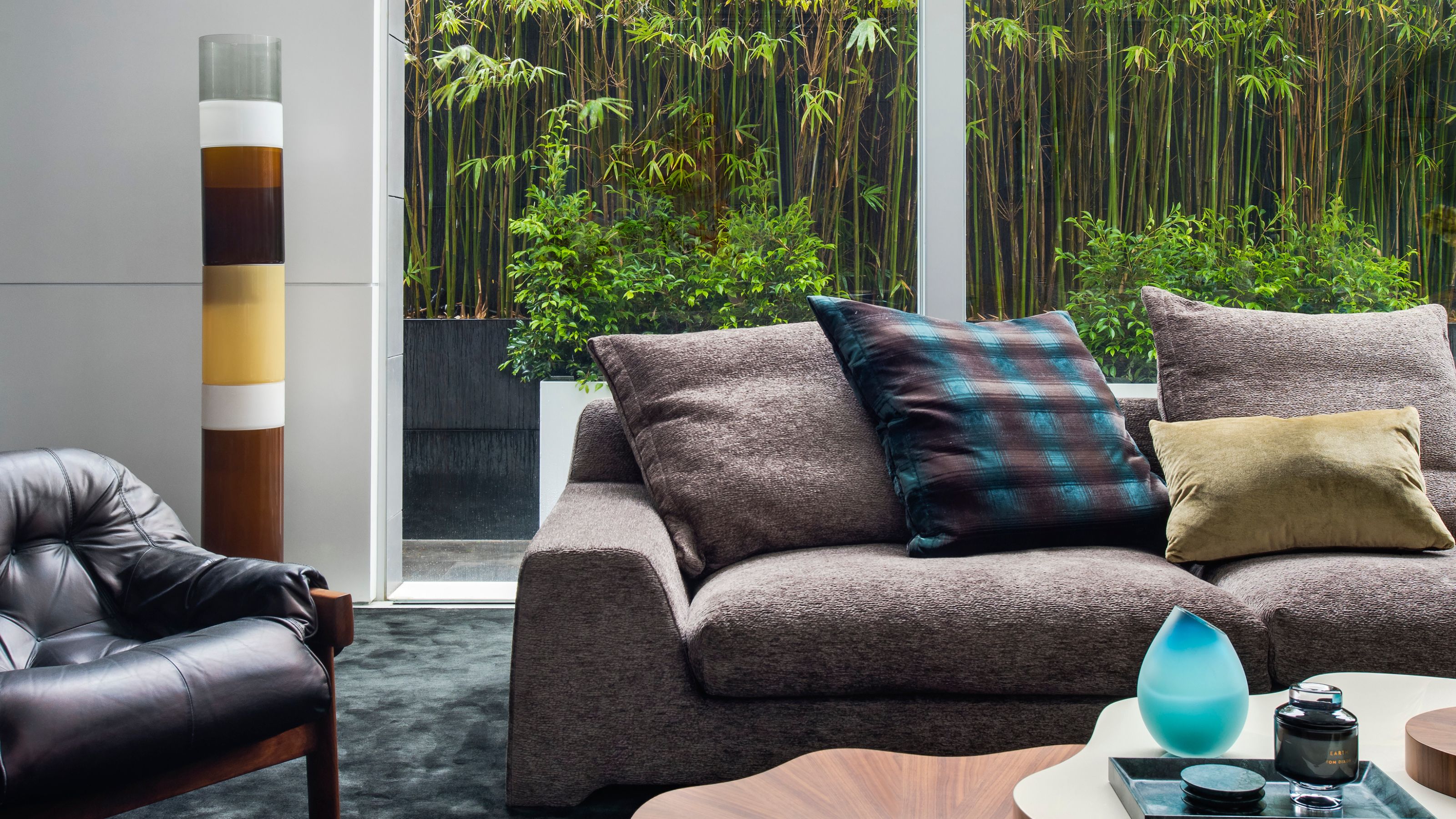 These Are the Dos and Don'ts of Bamboo Plant Placement — Follow This to Avoid Bad Feng Shui
These Are the Dos and Don'ts of Bamboo Plant Placement — Follow This to Avoid Bad Feng ShuiBy following the experts' guidance on where to place this houseplant you can usher luck, wealth, and prosperity into your home
By Lilith Hudson
-
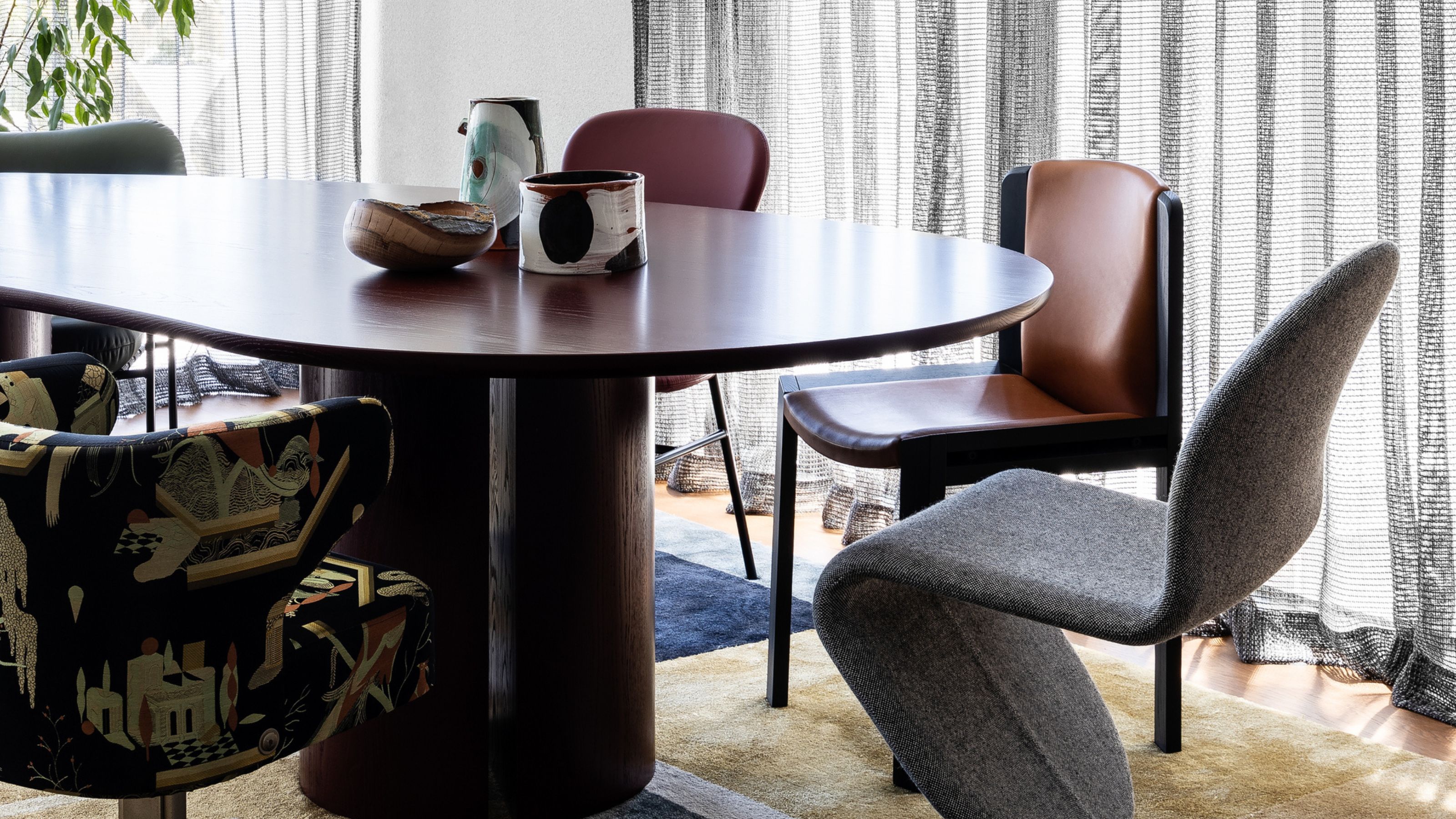 Having Mismatched Dining Chairs is the New Telltale Sign of Serious Style — Here's How to Make It Look Intentional
Having Mismatched Dining Chairs is the New Telltale Sign of Serious Style — Here's How to Make It Look IntentionalOnce considered a sign of a lack of care, a dining room table with different chairs now screams ultimate curation... if you can do it right, that is
By Olivia Wolfe
-
 These Are the Dos and Don'ts of Bamboo Plant Placement — Follow This to Avoid Bad Feng Shui
These Are the Dos and Don'ts of Bamboo Plant Placement — Follow This to Avoid Bad Feng ShuiBy following the experts' guidance on where to place this houseplant you can usher luck, wealth, and prosperity into your home
By Lilith Hudson
-
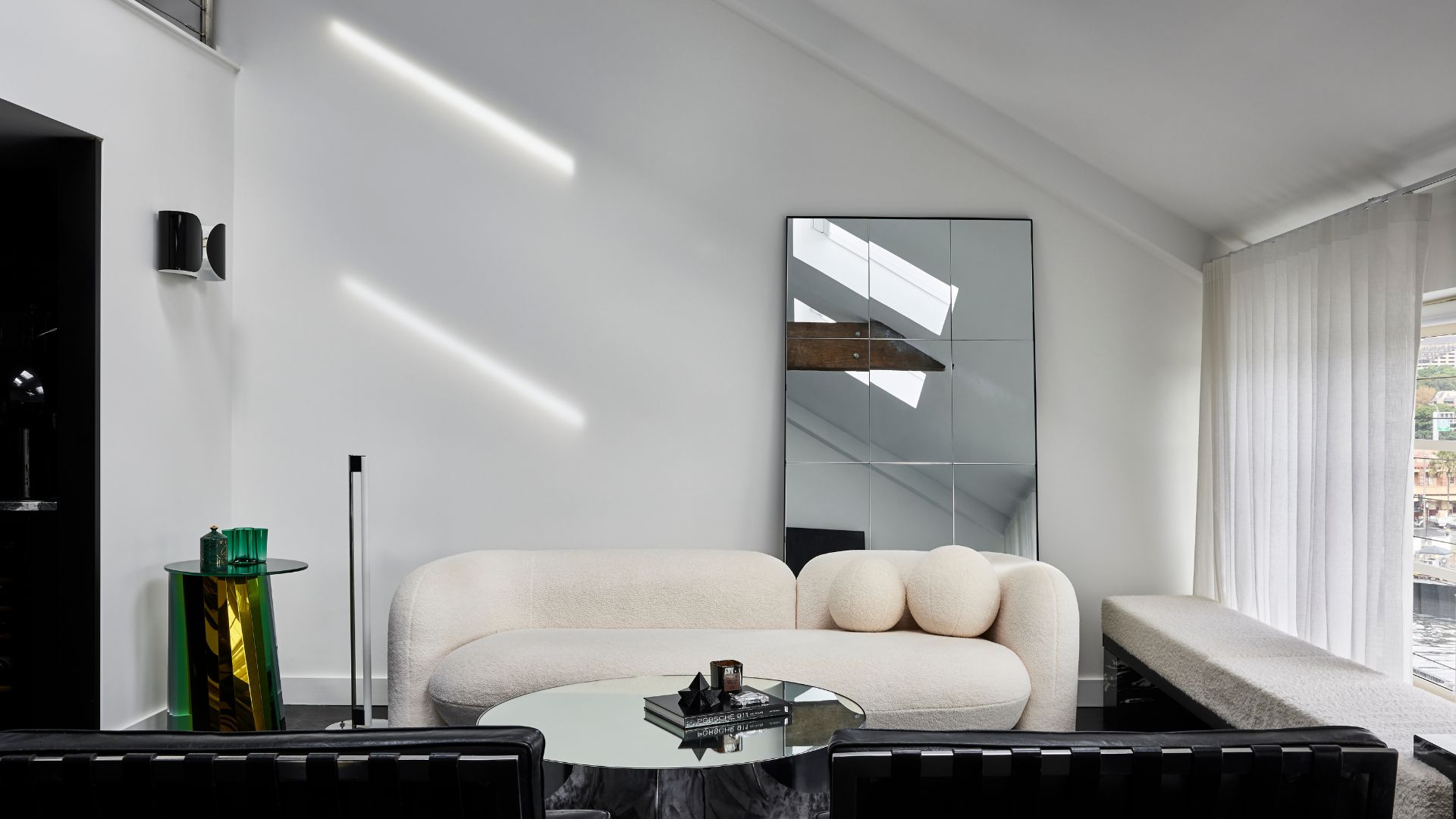 Is It Okay to Have a Mirror Facing a Door in Feng Shui? The Verdict Is In and It Just Might Surprise You
Is It Okay to Have a Mirror Facing a Door in Feng Shui? The Verdict Is In and It Just Might Surprise YouDecorating your home with mirrors calls for intention if you're dressing your space in accordance with Feng Shui. Here's what you should know.
By Amiya Baratan
-
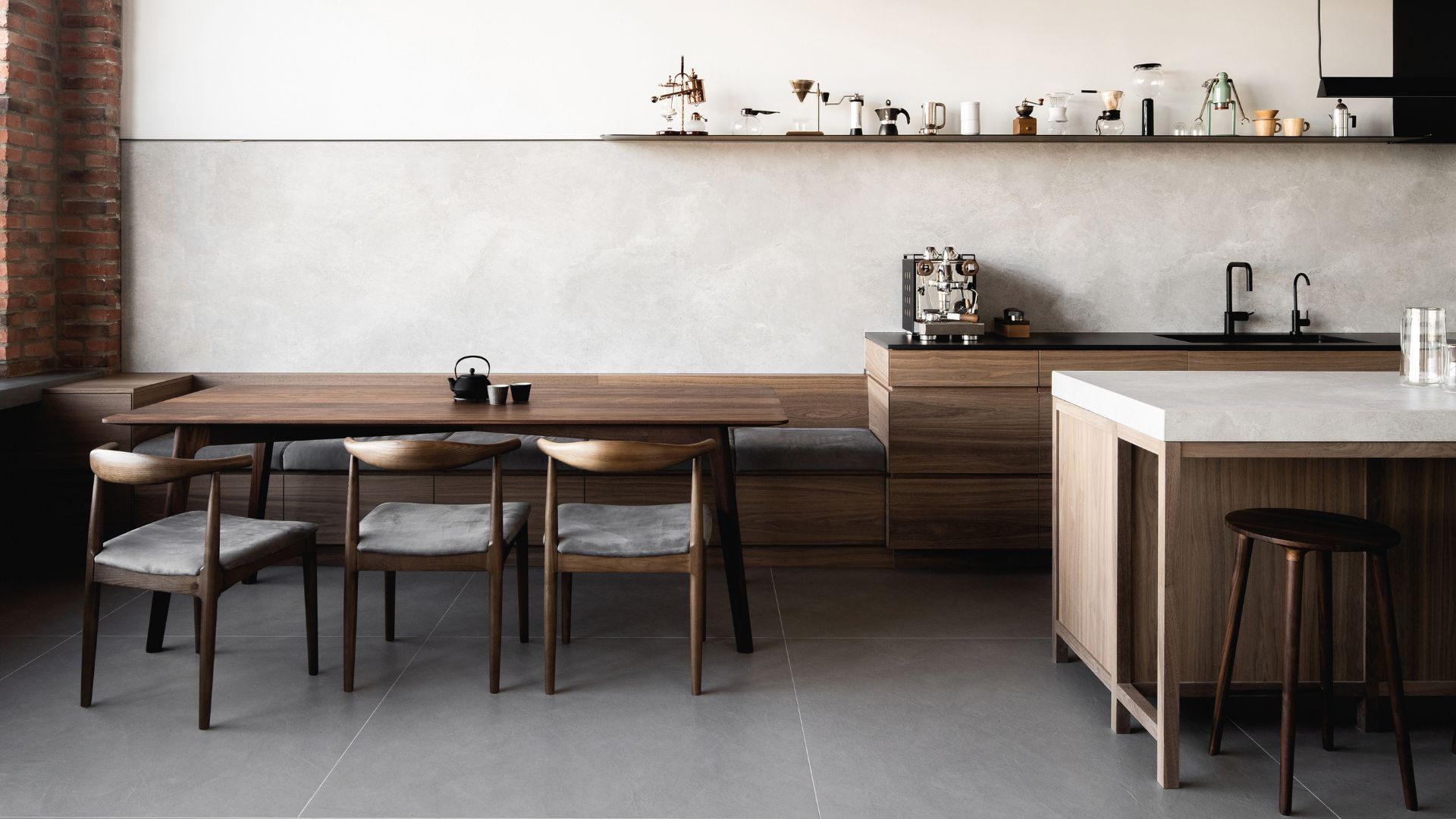 4 Things to Unpack as Soon as You Move House — For a Comfortable and Organized Fresh Start
4 Things to Unpack as Soon as You Move House — For a Comfortable and Organized Fresh StartIf you have a major move in the works and you're looking to prepare in advance, this is the starter kit you need to properly set up your new home.
By Amiya Baratan
-
 10 Decluttering Challenges to Have on Your Radar This Year — For a Tidier, More Mindful Home
10 Decluttering Challenges to Have on Your Radar This Year — For a Tidier, More Mindful HomeIf you're interested in transforming your home for the better, here are 10 decluttering challenges I recommend for a professionally tidy space.
By Amiya Baratan
-
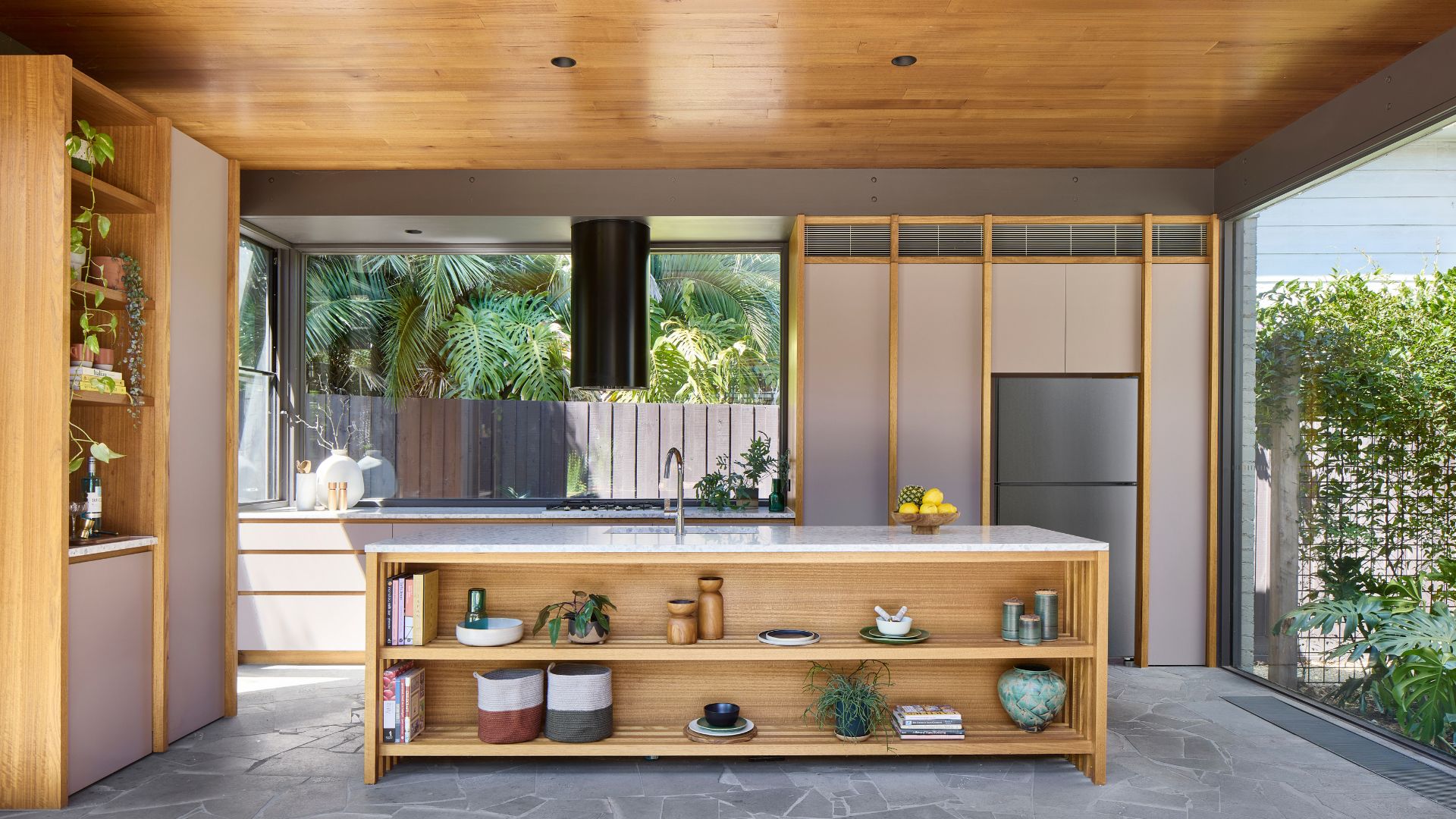 Biophilic Decluttering — What to Take Out of Your Home (and What to Put in) for a More Natural Home
Biophilic Decluttering — What to Take Out of Your Home (and What to Put in) for a More Natural HomeTry your hand at biophilic decluttering to ground your interiors, connect to the environment, and cure chronic clutter in one go. Here's how.
By Amiya Baratan
-
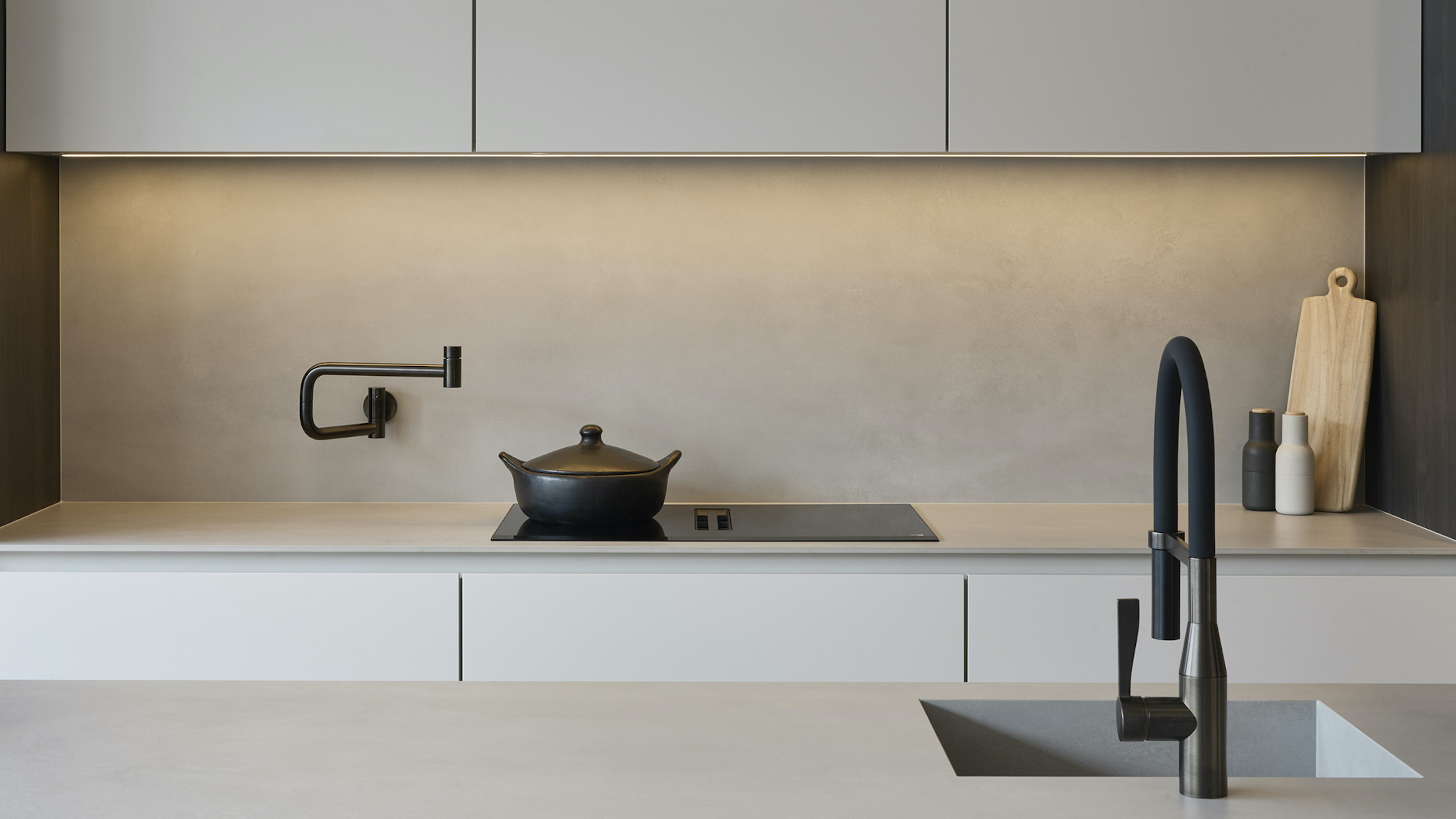 The 10 Different Types of Kitchen Taps — And the Pros and Cons of Each One to Know Before You Pick
The 10 Different Types of Kitchen Taps — And the Pros and Cons of Each One to Know Before You PickFrom sleek pull-outs to vintage bridge taps, explore 10 kitchen tap styles that mix function, flair, and a splash of cool
By Linda Clayton
-
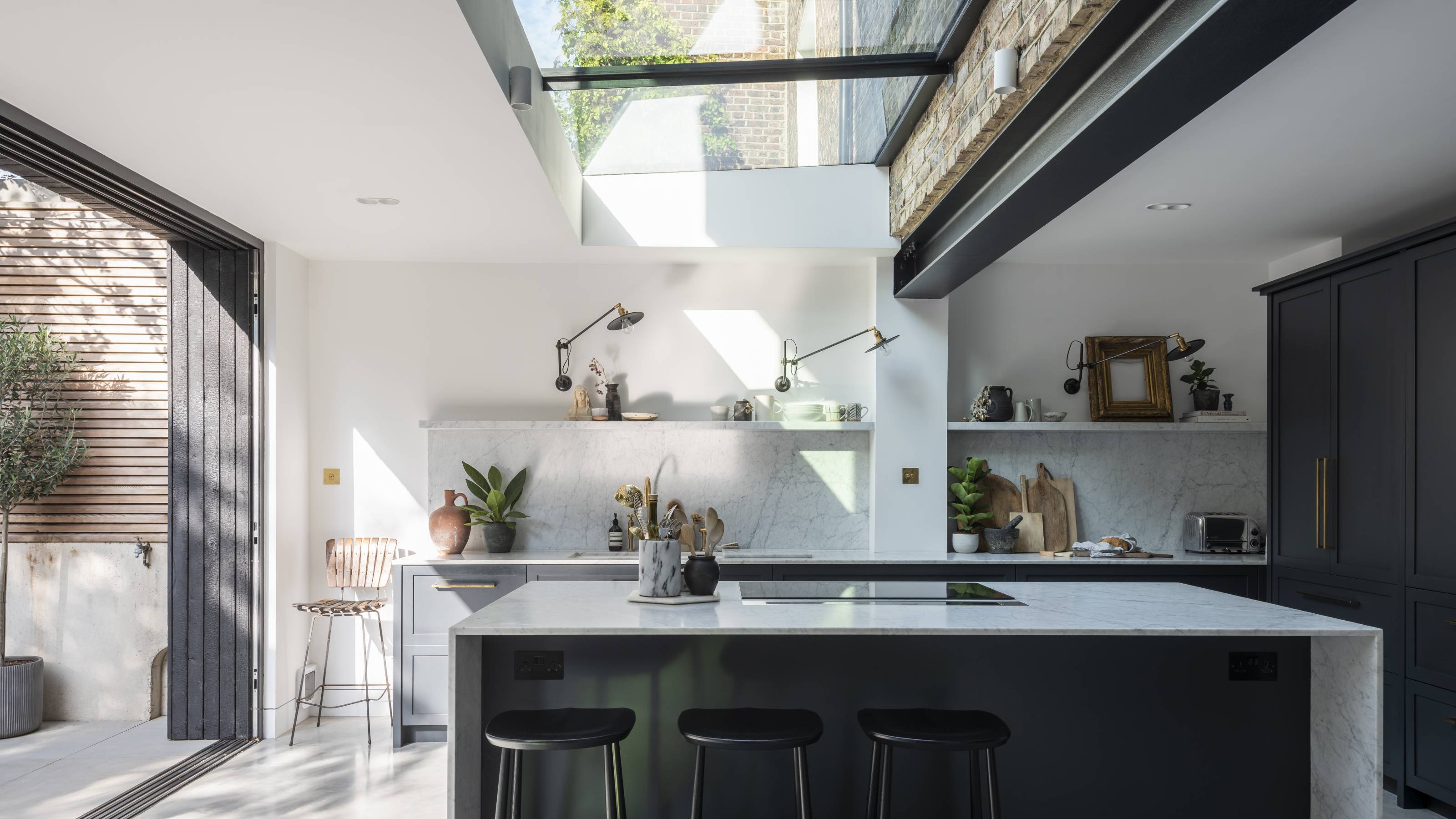 How Much Does an Extension Cost in 2025? Renovation and Design Experts Break Down Your Budget
How Much Does an Extension Cost in 2025? Renovation and Design Experts Break Down Your BudgetExplore how much different types of extensions cost in 2025 to budget for your project accurately
By Amy Reeves
-
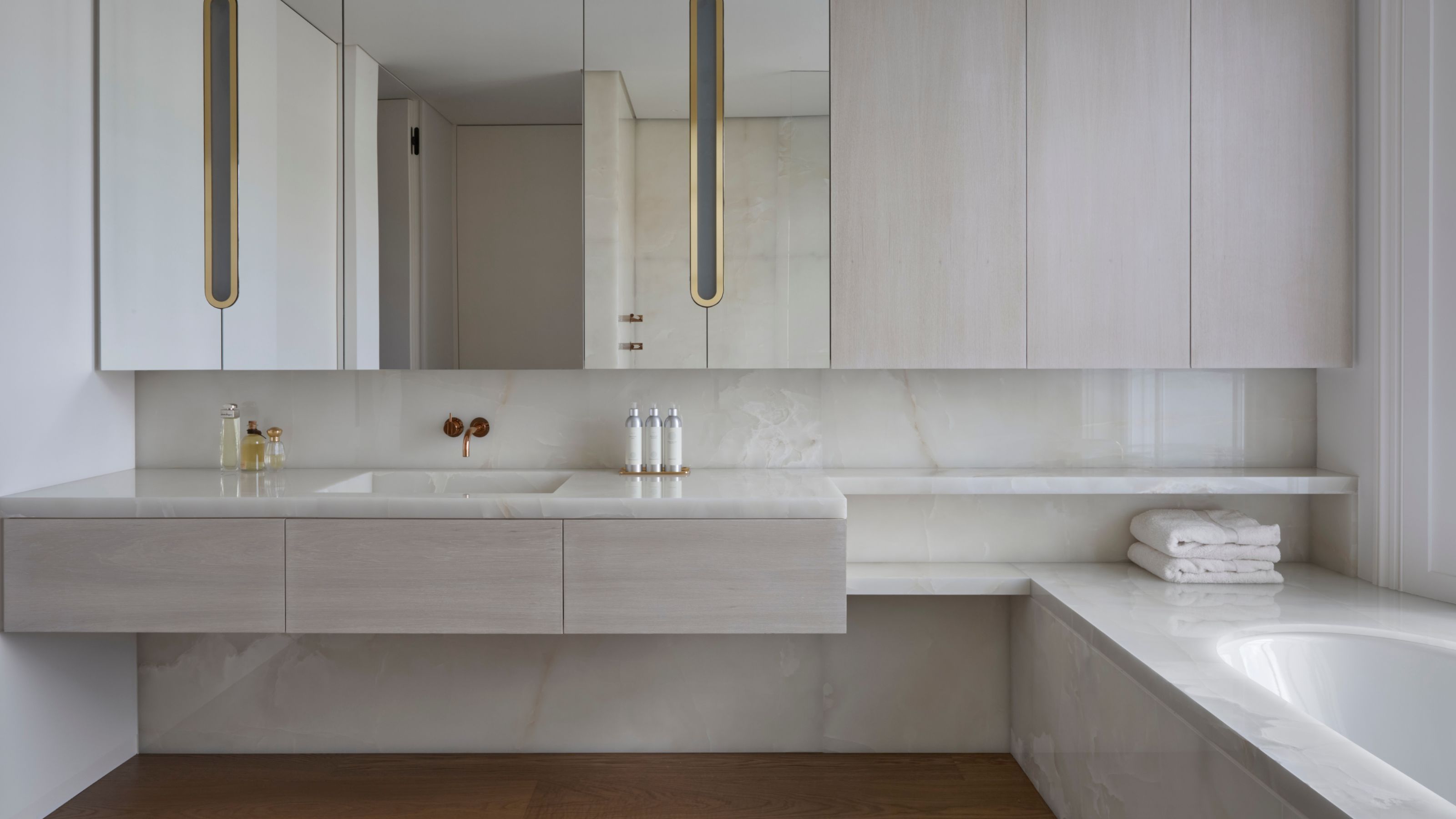 9 Bathroom Storage Mistakes You're Probably Making That Make Using This Space Much Harder — And What to Do Instead
9 Bathroom Storage Mistakes You're Probably Making That Make Using This Space Much Harder — And What to Do InsteadDiscover which mistakes are to blame for your overcrowded and cluttered bathroom
By Seraphina Kyprios